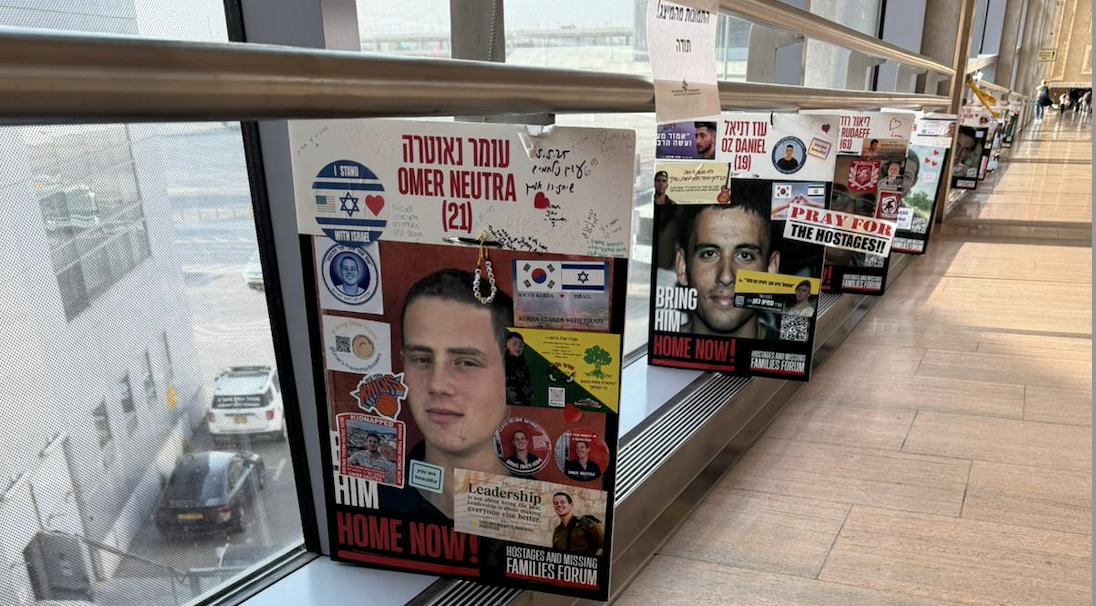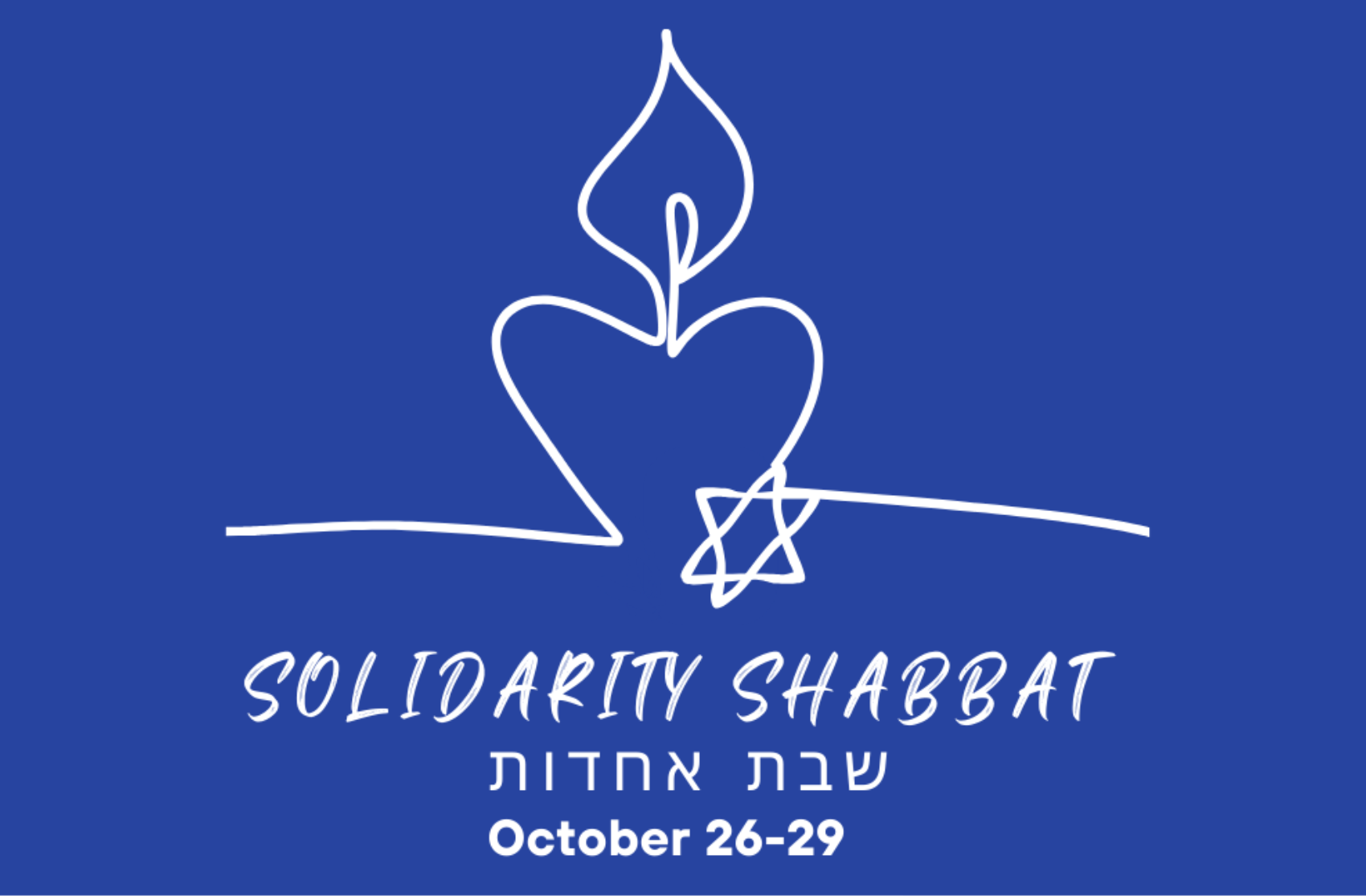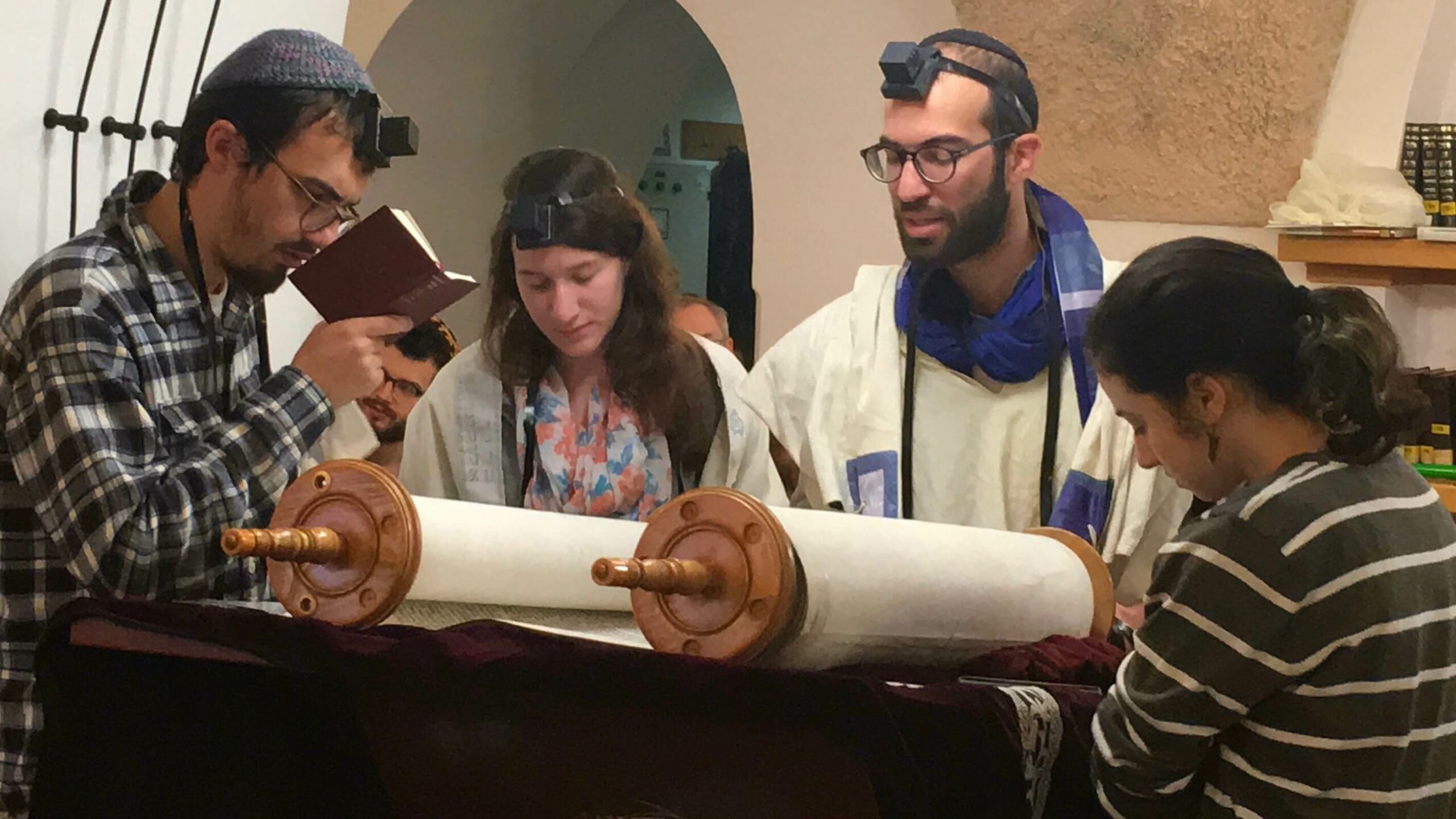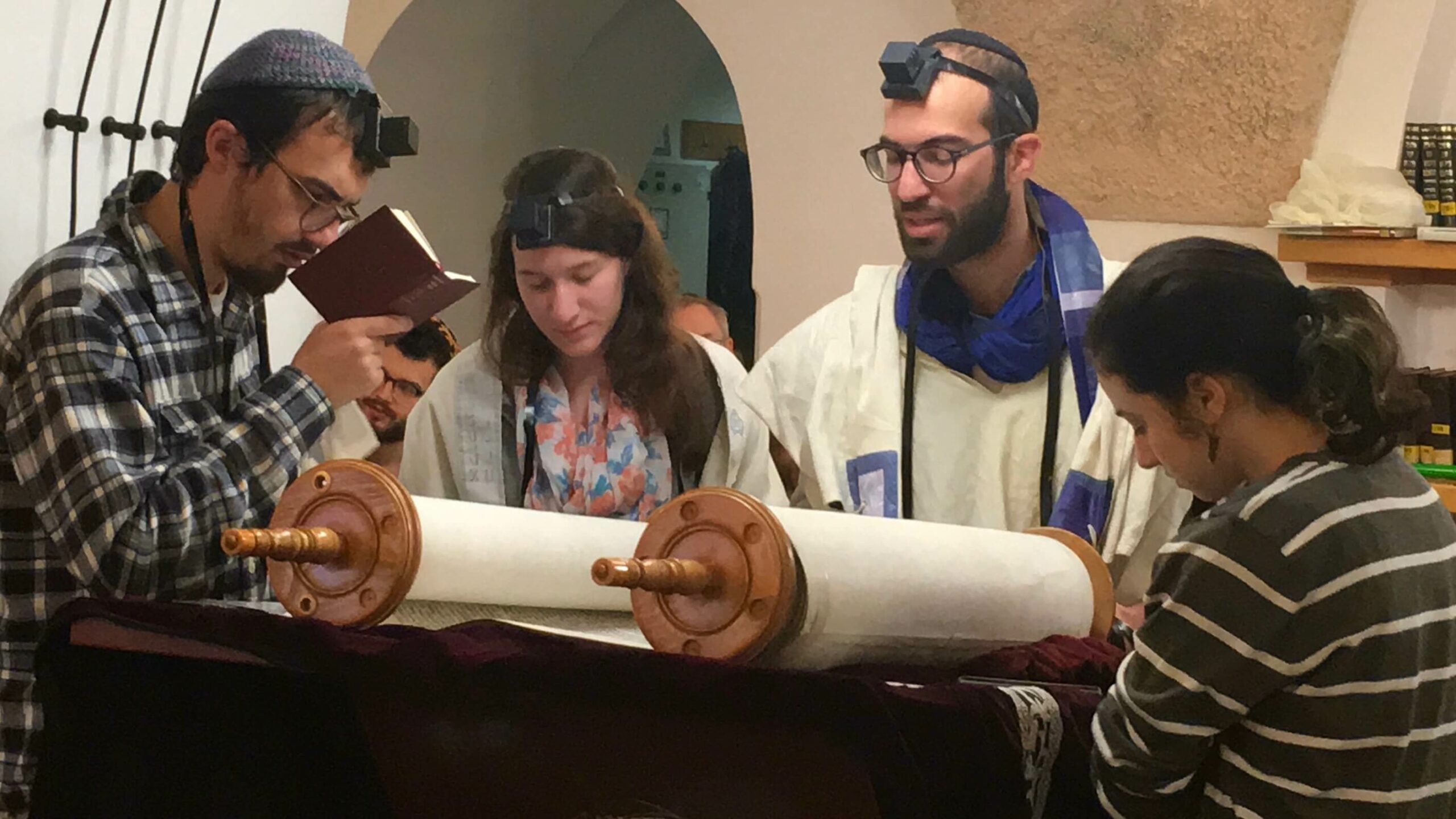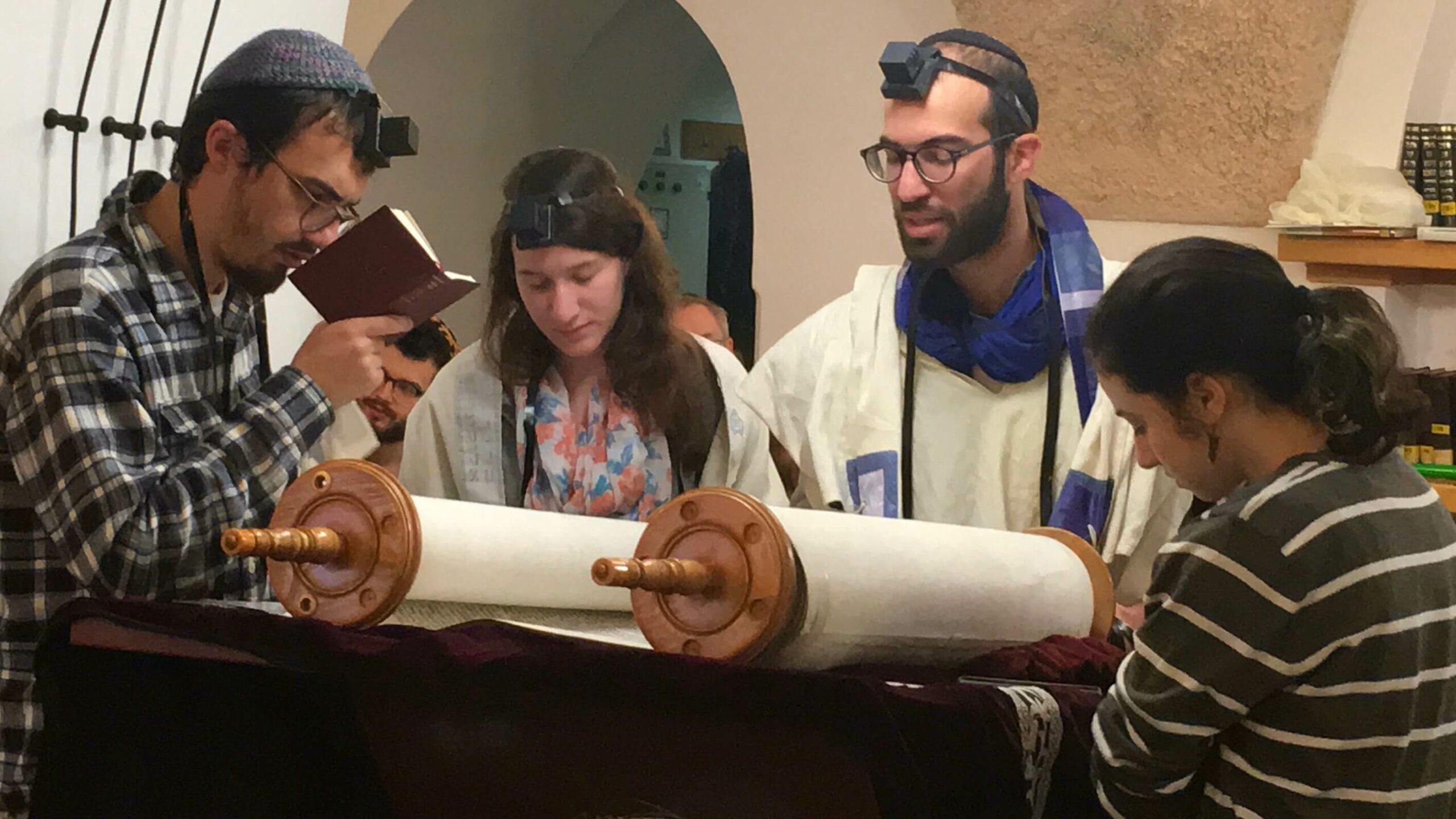

TORAH SPARKS (print friendly version)
Parashat Tetsaveh February 16, 2019 I 11 Adar I 5779
Annual | Exodus 27:20-30:10 (Etz Hayim p. 503-518; Hertz p. 339-349)
Triennial | Exodus 29:19-30:10 (Etz Hayim p. 513-518; Hertz p. 346-349)
Haftarah | Ezekiel 43:10-27 (Etz Hayim p. 1280-1285; Hertz p. 995-998)
D’var Torah: On Your Heart
Rabbi Andy Shapiro Katz, CY Director of North American Engagement
Following the description of the structure of the Mishkan in Parashat Terumah, our parashah, Tetsaveh, leads off with a description of the Kohel Gadol’s “sacral vestments” – the choshen hamishpat (breastplate of decision), the ephod, a robe, a fringed tunic, a headdress, and a sash.
Classical commentators go to great lengths to explain the symbolic meaning of the different elements, but their overall purpose is to elevate the kedusha/holiness of Aharon, the Kohen Gadol. A key aspect of kedusha/holiness is setting something apart – making it distinct and special – so that it prompts greater feelings of carefulness, respect, and honor. Thus the sacral vestments are not only different from regular clothing, but also made with great care out of precious materials to be both beautiful and awe-inspiring.
But there were also specific elements of the sacral vestments that God commanded be included, not because of what they would communicate to the masses, but because of what they would communicate during the intimate moment in the Holy of Holies when the Kohen Gadol communes with God. On his shoulders and on his chest, the Kohen Gadol is instructed to wear precious stones engraved with the names of the 12 tribes of Israel. The Torah says that two lazuli stones would sit on the shoulder straps of the Kohen Gadol’s ephod, each bearing the name of 6 tribes. Aharon would bear the names “al shtei k’teifav” – on his two shoulders – to be a “remembrance before God.” Similarly, the choshen hamishpat had 12 stones embedded within it, each one bearing the name of a single tribe.
And thus the names of the tribes would also be “al libo” – on Aharon’s heart – “to be at all times a remembrance before God.”
But the text is ambiguous about who these stones are meant to remind. According to Exodus Rabbah 38:8, which Rashi refers to in his commentary, the stones were there to remind God of Israel’s righteousness. The Netziv, however, in his commentary HaEmek Davar, says that they were there so that Aharon would always have Israel in mind during his prayers.
I cannot read about Aharon having the tribes of Israel “on his shoulders” and “on his heart” without being reminded of the second paragraph of the Shema that tells us to “put these words on your heart” and “write them on your doorposts and gates.” Medieval Karaites (a group that broke off from mainstream Judaism) and some modern reformers argued that texts like this are not meant literally – that we err when we affix text-bearing mezuzot to our door-frames or bind text-bearing tefillin to our arms and heads. And it seems obvious that God wants more than just scrolls in magic boxes; God desires that our homes are marked with Torah, that we think about it, talk about, value it, and act on it.
But the p’shat – the simple meaning – here in Tetsaveh is that the Kohen Gadol is to LITERALLY WEAR A TEXT-BEARING RITUAL OBJECT ON HIS BODY. The Torah is clear – values, stories, and concepts are not enough. They are more impactful when they are embodied within ritual objects and practices. And lest we think that rituals and ritual objects like these are only needed for children or the “common folk” – Tetzaveh makes clear that both Aharon, the Kohen Gadol, AND HASHEM need them.
It is with that in mind that the Federation of Jewish Men’s Clubs and Women’s League for Conservative Judaism collaborated this year to promote the “World Wide Wrap” back on Superbowl Sunday. And it makes me proud to work at the Conservative Yeshiva in Jerusalem and at Camp Ramah, where the communal embodiment of Torah is both taught, valued and lived. Shabbat Shalom.
Parashat Tetsaveh Self-Study
Vered Hollander-Goldfarb, Conservative Yeshiva Faculty
In this Parasha we receive the instructions for the Kohanim, the priests working in the Mishkan/Tent of Meeting, both their garments and the ceremony to turn them into Kohanim.
1) The people are commanded to bring olive oil to keep the Tent of Meeting lit up from evening until morning (27:20-21). Why do you think that this was not part of the donations that could be made by anyone who felt a desire to contribute?
2) Moshe is told to have special clothing made for Aaron “for glory and for splendor” (28:3). What is the role of the clothing of the Kohen Gadol (high priest)? Who should feel the glory and splendor?
3) On the Choshen, the breast-piece, the names of the tribes are inscribed on precious stones, each one got a different stone. All the stones are listed (28:15-21), but it does not tell us what name was inscribed on each one. Why do you think that 12 different stone are used? Why might we not be told who is inscribed on which stone?
4) The ordinary Kohanim also had garments made for them; a coat, a sash, a head covering and breeches (28:40-42). Nothing elaborate or outstanding is recording about these garments, yet the Torah defines them, as well, as being “for glory and for splendor”. How do you understand that in relation to the (relatively) simple garments of the regular Kohanim?
The instructions for the ceremony of consecrating Aaron and his sons as Kohanim include, early in the process, washing them in water and dressing them in the garments (29:4-9). Can you think of other situations in which water (perhaps a mikvah) and or clothing are used to mark the change of a person’s status?
D’var Haftarah: Guilt & Hope
Rabbi Mordechai Silverstein, Conservative Yeshiva Faculty
Ezekiel was a prophet who was already exiled in Babylonia at the time of the destruction of the First Temple. Many of his prophecies are attempts to put the tragedies of his people into a theological perspective that would allow them to understand their circumstances, carry on with their lives, and hope and prepare for redemption. In addition, his later prophecies focus on plans for the rebuilding of the Temple and the rites which will take place there. This week’s haftarah ties together these two themes: “[Now] you, O mortal, describe the Temple to the House of Israel, and let them measure its design. But let them be ashamed of their iniquities: When they are ashamed of all they have done, make known to them the plan of the Temple…” (43:10-11)
A message which combines both hope for the future with shame and guilt over the past seems a bit odd (or, some might say, quintessentially Jewish). Rabbi David Kimche (12-13th century Provence) explains the historical context of Ezekiel’s charge, helping to put it into perspective: “The House of Israel [refers to] the exiles: Tell them that on their account the Temple was destroyed and also tell them that the future Temple will never be destroyed, since they will not sin…”
According to Kimche, Ezekiel’s aim in joining hope and guilt was to create a situation where a constructive future might be possible. Without recognition of the negative forces which brought about the people’s tragedy and the role of the nation itself in its own fate, there would be no means for correction and consequently no future to look forward to.
Ezekiel’s lesson is a hard one to hear and an even more difficult one to abide by. No one likes having their faults put on display, let alone being made aware that it was their wrongdoing which put them in their current circumstances. And when one does hear that message, it can often lead to an overwhelming feeling of guilt and lowness that negates the possibility that one might ever be better, and therefore removes the motivation to correct one’s mistakes.
Still, all said, Ezekiel’s message is worth heeding both on the national level as well as on the personal. Positive guilt – otherwise known as taking responsibility – is the only secure ground on which to build hope in a better future.

